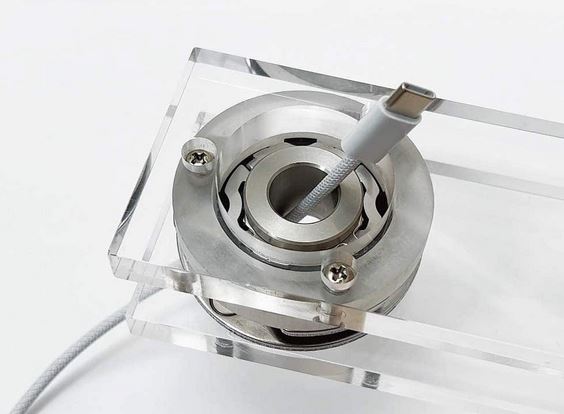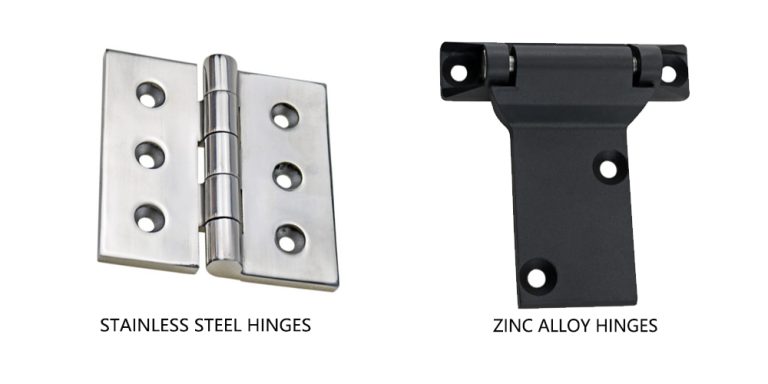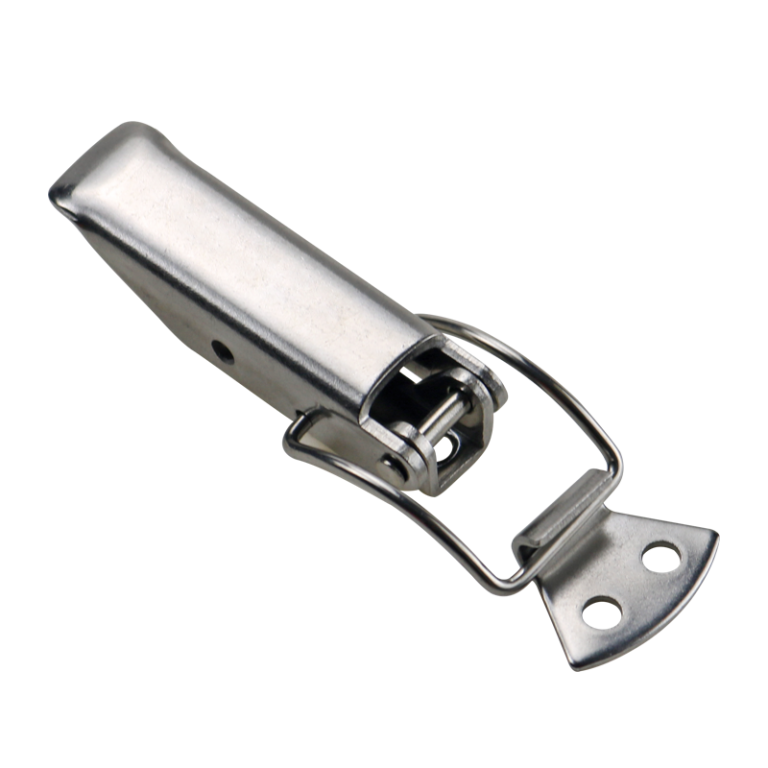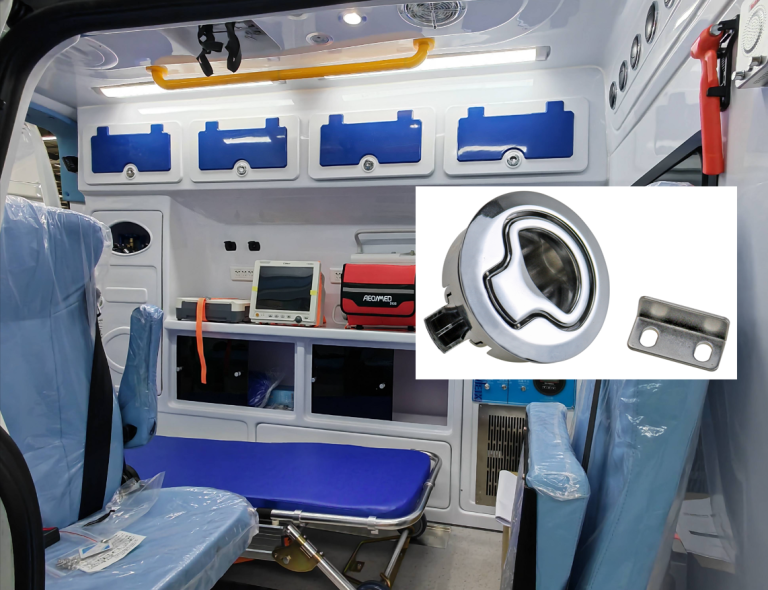HTAN is one of the leading manufacturers of industrial hinges, handles and latches in China.

Rotating displays have become a ubiquitous feature in modern technology products, from smart tablets in conference rooms to navigation screens in cars and medical devices in hospitals. The secret behind their stability and ease of rotation lies in a seemingly ordinary but crucial component: the swivel torque hinges. In this article, we will analyze how to choose the right torque hinge for rotating displays to ensure their durability, functionality, and safety in an easy-to-understand way.
Why Is the Swivel Torque Hinges So Important?
The swivel torque hinges is the equivalent of a display’s “joints,” and it determines three key experiences:
- Stability: The screen will not sag or wobble under its own weight when at rest.
- Flexibility: The angle can be easily adjusted with one hand and stays in any position with precision.
- Durability: After years of frequent opening and closing, the hinge will remain smooth as before.
The Three Elements of Choosing the Right Hinge
1. Material Selection
The material of the hinge directly affects its corrosion resistance and load-bearing strength. Common choices include:
- Stainless Steel (Recommended 316 Level): Salt spray resistance and rust prevention, suitable for outdoor or wet environments (e.g., marine displays, open-air advertising screens).
- Aluminum Alloy: Lightweight and preferred for ultra-thin devices (e.g., portable displays), but requires surface hardening to prevent wear and tear.
- Engineering Plastics + Metal Core: Provides a good silence effect, suitable for quiet scenes such as conference rooms or libraries.
2. Torque Value
Torque is the “strength scale” of the hinge. The larger the value, the stronger the rotational resistance. When choosing a hinge, you need to balance two needs:
- Easy Adjustment: Smooth rotation with one hand.
- Stable Hovering: The hinge should be able to bear the weight of the screen without sliding when stationary.
Reference Data:
| Screen Size/Scene | Recommended Torque Range (N-m) |
|---|---|
| 13-15 inch laptop | 1.8-2.5 |
| 21-27 inch conference tablet | 3.0-4.5 |
| 32-inch or above outdoor advertising screen | 5.0-6.5 (waterproof design required) |
| Medical touch devices | 4.0-5.0 (higher durability required for high-frequency use) |
Test Tip: Before installation, hook the edge of the screen with a spring scale. Pull at a constant speed until the screen starts to move. The value of the tension (unit: N) multiplied by the length of the force arm (meters) gives the actual torque required. For example: pull force 5N, force arm 0.1m → torque = 0.5N-m.
3. Structure Design
Different hinge structures are suitable for different usage scenarios:
Disc Pivot Hinge: Used in scenarios where wires need to be threaded through rotating parts, such as displays and equipment housings.

Damping Hinge: Features stepless suspension and smooth, silent adjustment (suitable for car navigation screens).
Dual-Axis Linkage Hinge: Supports lifting + rotating and is space-saving (e.g., folding screen conference tablet). Typical Application: All-in-one machines.

Practical Guide to Choosing the Perfect Hinge: Three Steps to Lock It Down
Step 1: Measurement and Calculation
- Load-Bearing Requirement: Nominal load of hinge ≥ screen weight × 1.5. For example, a 4kg screen requires a hinge with a load capacity of 6kg or more.
- Size Matching:
- Hinge length ≈ screen width × 0.3 (±10%)
- The thickness of the hinge should leave a 2mm gap for heat dissipation (to prevent metal heat conduction from affecting the screen).
Step 2: Environmental Adaptation
Usage Scenario Enhancement Program:
- Outdoor Advertising Screen: IP54 waterproof + UV coating
- Children’s Educational Equipment: Installation of anti-impact rubber mats
- Industrial Control Screen: Dust-proof design + resistant to -20℃ low temperature
Step 3: Verification and Testing
- Opening and Closing Test: Switch on and off 100 times continuously to check for any strange noise or sudden change in resistance.
- Hover Test: Adjust the screen to 45°, tap the edge, and ensure the displacement angle is <3°.
- Life Expectancy: High-quality hinges should support more than 50,000 opening and closing cycles.
Installation and Maintenance: Professional Skills Disclosure
Installation Four-Step Method
- Positioning Magic: Use 3M double-sided tape to temporarily fix the hinge and test the opening and closing angle before drilling holes.
- Drilling Tips:
- Use a cobalt-containing drill bit (high hardness, not easy to slip).
- Drill diameter = screw diameter × 0.8 (e.g., 3.2mm hole for M4 screw).
- Anti-Loosening Tip: Apply a small amount of thread adhesive to the screws or use screws with nylon lock washers.
Ultimate Calibration
- Horizontal Resistance: 0.8-1.2N-m (adjust with a torque screwdriver).
- Vertical Holding Force: ≥2 times the self-weight of the screen.
Daily Maintenance Checklist
- Weekly: Wipe the spindle dust with a microfiber cloth.
- Quarterly: After cleaning with medical alcohol cotton pads, apply 1-2 drops of special grease.
Abnormal Handling
- Squeaking Sound: Check whether the screws are loose (a 0.6N-m torque wrench is recommended).
- Loose Adjustment Strength: The damping piece may be worn; replace the internal gasket.
Innovative Application Cases
Case 1: Foldable Conference Tablet
A German brand adopts a magnetic + torque adaptive hinge:
- 0-90°: 1.2N-m light slip adjustment
- 90-135°: 3.5N-m solid support
- Over 135°: Automatically activates an electromagnetic lock to prevent accidental folding.
Case 2: Surgical Robot Touch Screen
- Material: 316L stainless steel (autoclavable)
- Special Design: Fully enclosed structure + food-grade grease
Conclusion
Choosing a swivel torque hinge is like selecting a pair of well-fitting shoes for your display—it needs to fit comfortably and be durable. Remember the three golden rules: corrosion-resistant materials, accurate torque matching, and a structure that fits the scene.







